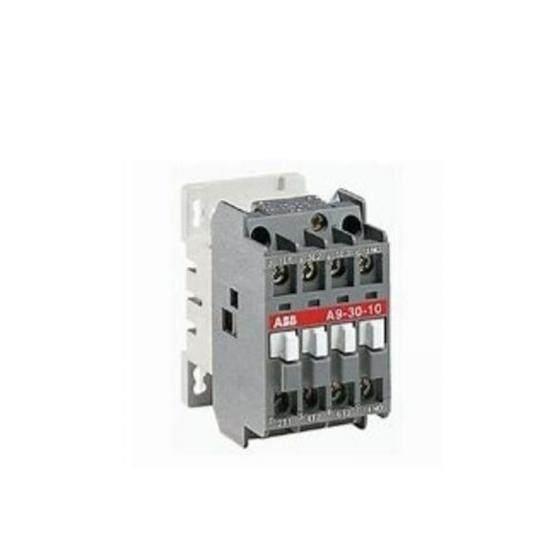The ABB OT125F3 industrial controller is designed for high-performance control systems, delivering robust processing capabilities, enhanced connectivity options, and advanced safety features.
The ABB OT125F3 industrial controller is designed for high-performance control systems, delivering robust processing capabilities, enhanced connectivity options, and advanced safety features.
 WhatsApp
WhatsApp
Brand:ABB
Model Number:OT125F3
Price Advantage:Competitive pricing for superior performance
Module Type:Industrial PLC
Processing Speed:100 ms (CPU execution)
Memory Capacity:512 KB of user memory
Input/Output:Up to 128 digital inputs and 64 outputs
Communication Ports:RS-485 and Ethernet connectivity
Operating Temperature:-25°C to +60°C
Power Consumption:15 W
Dimensions:120mm x 80mm x 90mm
The ABB OT125F3 industrial controller is a powerhouse for complex automation tasks, engineered with cutting-edge technology to meet the demands of modern manufacturing environments. It features a high-speed processor, ensuring quick response times and efficient operation under demanding conditions.
Equipped with an extensive range of communication interfaces, including EtherCAT, CANopen, and Modbus TCP/IP, this controller seamlessly integrates with a variety of devices and systems, facilitating smooth data exchange and control across the factory floor.
With its robust design, capable of operating within a wide temperature range (-20°C to +60°C), the ABB OT125F3 is ideal for applications where reliability and durability are paramount. Whether in harsh industrial settings or in controlled laboratory environments, it ensures stable performance.
Offering up to 128 I/O points, this controller provides ample flexibility for various control needs, supporting a broad spectrum of input and output signals. Its rich I/O capacity makes it suitable for both simple and intricate control scenarios, enhancing operational efficiency.
Energy efficiency is a key aspect of the ABB OT125F3, consuming just 10 watts under typical operating conditions. This not only reduces operational costs but also contributes to a sustainable production environment, aligning with the company’s commitment to environmental responsibility.
